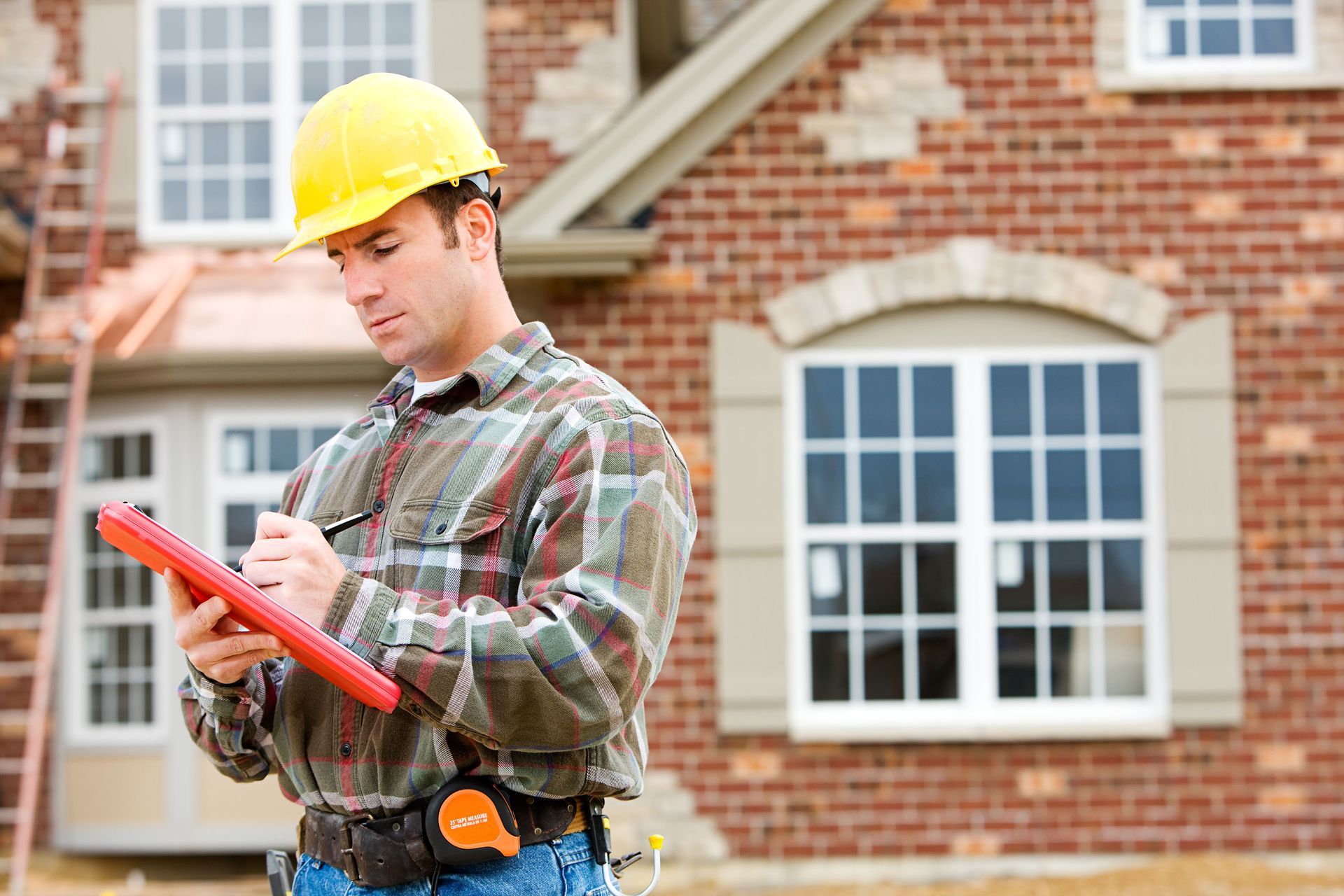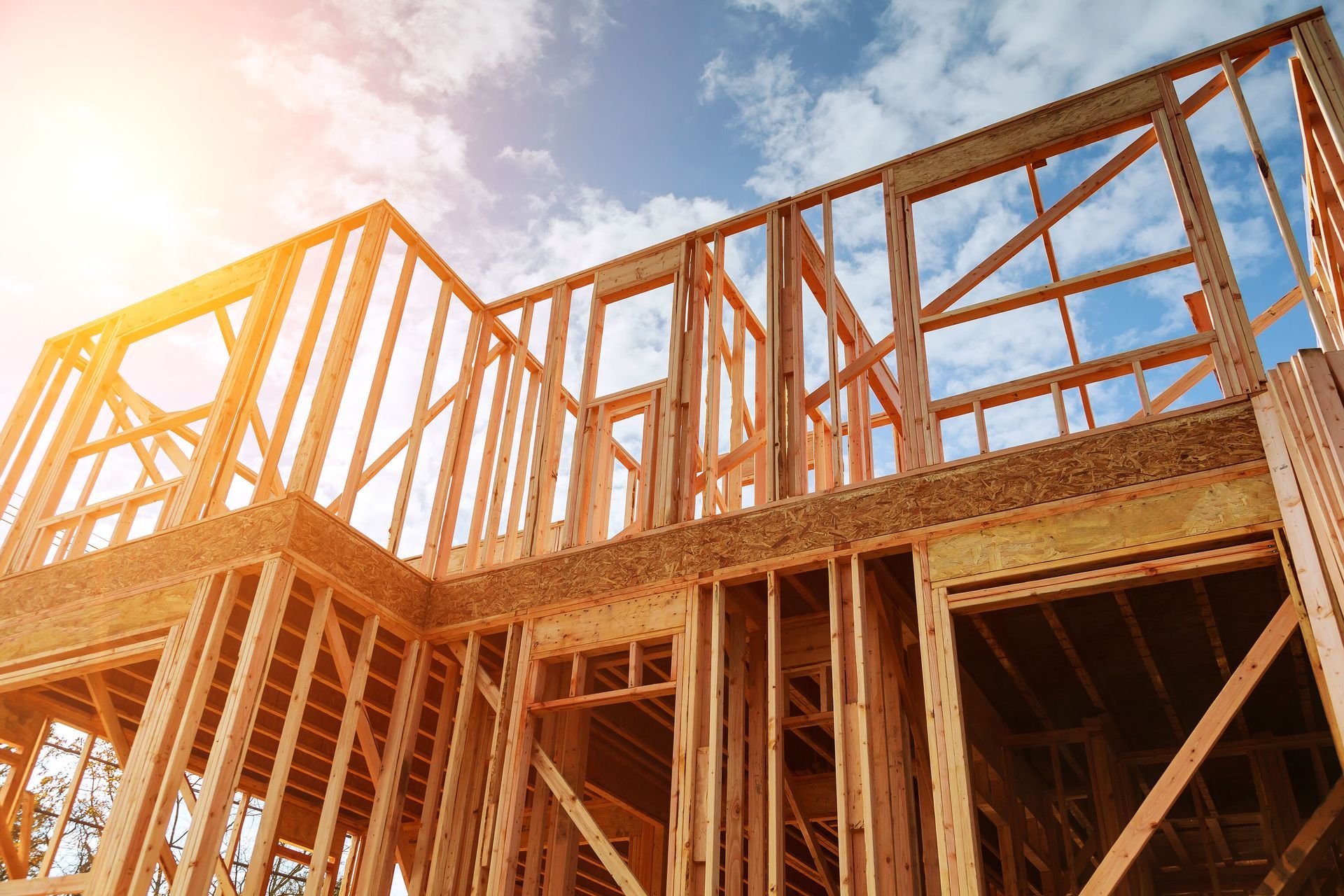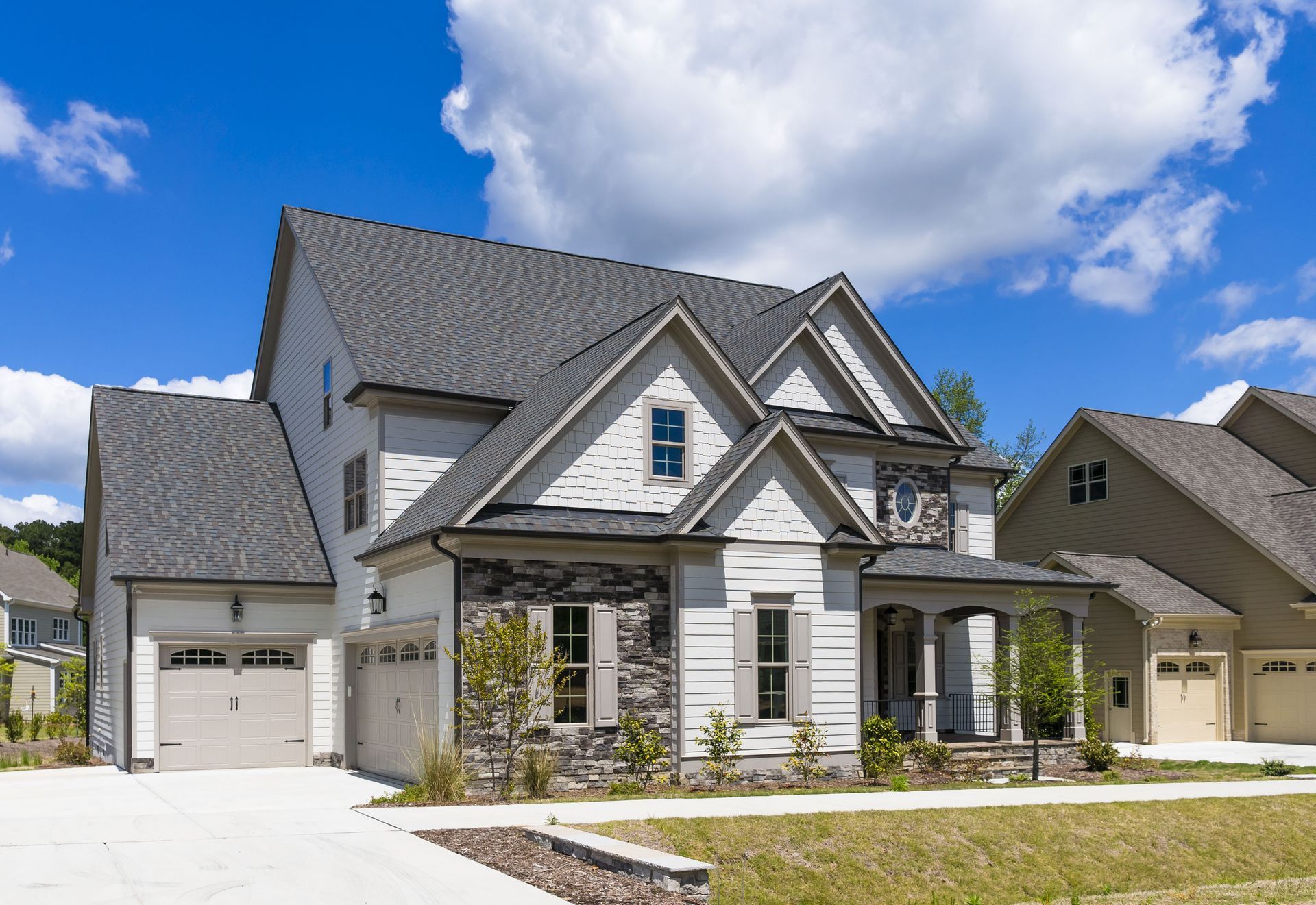Why Working With a Reputable Custom Home Builder Streamlines Your Build Schedule
By Charles Pistro | July 24, 2025
Highlights:
- Detailed project timelines accelerate completion—defined schedules prevent cost overruns and keep every phase on track.
- Real-time digital updates prevent stalls—digitally managed construction projects reduce overall timeline slippage by up to 25%.
- Proactive resource coordination ensures smooth progress—priority booking of trusted tradespeople minimizes idle time and prevents cascading delays.
- Structured decision checkpoints maintain momentum—firm deadlines for homeowner approvals and pre-approved backup selections keep work moving without pause.
The foundation of an efficient build schedule lies in partnering with reputable
custom home builders who emphasize structured workflows and clear communication. By using centralized planning tools and adhering to milestone-based scheduling, these builders reduce downtime and keep each phase on track. Interactive dashboards can alert both homeowners and contractors to upcoming decision deadlines and delivery windows, ensuring selections are made promptly and trades are coordinated without overlaps. This level of organization and transparency prevents minor hold-ups from becoming major delays, resulting in a smoother, more predictable construction process.
Clear Planning from Day One
Working with a reputable builder ensures clear planning from the start and accelerates your build schedule. Experienced custom home builders develop detailed project timelines immediately after contract signing to map every milestone, from permitting through final inspections. According to the
National Association of Home Builders, projects with defined schedules experience 30% fewer cost overruns and time delays than those without formal timelines. This statistic exemplifies the measurable difference in both time and budget that a formal scheduling process makes. Builders typically use Gantt-style charts to assign specific dates for material orders, framing completion, and interior finish selections. Assigning precise windows to each trade contractor prevents overlaps and reduces the need for change orders. Ultimately, these practices keep the project running smoothly and on schedule.
Modern project-management tools further bolster efficiency by enabling real-time updates and automated reminders for pending tasks. When a material shipment is delayed, the platform triggers alerts to both homeowner and builder, allowing alternate plans to be put in place before work stalls. Custom home builders using these systems can reallocate resources rapidly—such as shifting interior trim work forward if framing runs ahead of schedule—minimizing idle time for craftsmen. According to a
Forbes analysis, digitally managed construction projects reduce overall timeline slippage by up to 25%.
Transparent communication protocols complement robust planning by aligning expectations at every phase. Reputable builders schedule weekly progress meetings—either on-site or via video call—so homeowners understand upcoming deadlines and decision points. This practice reduces last-minute selections that can halt work; when clients commit to finishing choices early, subcontractors proceed without interruption.
How often should I meet with my builder?
Weekly check-ins are ideal to stay ahead of decisions and prevent delays.
What happens if a material is backordered?
Your builder will propose alternative timelines or substitute finishes to keep progress moving.
Can homeowners adjust the schedule mid-build?
Yes, but changes typically require formal change orders and may impact timing and costs.
Efficient Resource Coordination
Efficient resource coordination is a hallmark of reputable custom home builders, reducing idle time and accelerating project delivery. By maintaining established relationships with trusted tradespeople—plumbers, electricians, and painters—these builders secure priority scheduling for each phase of your build. For example, they often lock in framing crews weeks in advance to guarantee availability once site preparation is complete. This proactive booking prevents the common pitfall of subcontractor juggling, where delays in one trade cascade into others and disrupt the entire construction sequence.
Advanced builders synchronize material procurement to match on-site requirements precisely. By using just-in-time inventory methods, they eliminate excess storage costs and reduce the risk of materials being damaged or becoming obsolete before use. Deliveries for critical items—such as windows and cabinetry—are scheduled within tight timeframes that correspond directly with installation dates. This coordinated approach maintains an organized job site and prevents the financial strain of storing high-value materials off-site for extended periods.
NAHB’s survey, (via Census data) shows that clearly structured timelines significantly impact build duration: the average time to build a single‑family home is about 7.5 months, with wide variance depending on planning quality.
Proactive risk management further optimizes resource allocation by anticipating and mitigating potential disruptions. Seasonal factors—such as weather impacts on concrete pouring or roofing—are built into the master schedule to minimize delays. In areas prone to heavy rain, for example, foundation work is often planned during historically drier months, with interior tasks shifted forward to take advantage of clear conditions. By incorporating local climate patterns into scheduling decisions, builders help ensure crews can work under optimal circumstances, reducing the likelihood of weather-related stoppages and keeping the project timeline on track.
How do builders choose trusted subcontractors?
They vet for licensure, insurance, and performance history, often retaining those with proven reliability.
What is just-in-time material delivery?
It’s a logistics approach where supplies arrive exactly when needed, minimizing storage issues.
Can weather delays be completely avoided?
While not entirely, strategic scheduling around seasonal trends significantly reduces weather-related downtime.
Streamlined Decision-Making Processes
Streamlined decision-making plays a pivotal role in staying on schedule during a custom home build. Reputable custom home builders set up decision checkpoints at every stage—ranging from initial design approvals to final finish selections—with firm deadlines for homeowner sign-off. For example, they often require cabinetry and hardware choices several weeks in advance of installation, ensuring suppliers and tradespeople can secure and prepare the correct materials. This disciplined timeline discourages last-minute alterations that could halt work and forces clarity on client preferences early. As a result, crews remain active and focused, moving seamlessly from one phase to the next without unnecessary pauses.
To further streamline approvals, many reputable builders offer interactive selection studios where clients can view and compare samples and configurations digitally. These studios use 3D renderings of material combinations—such as flooring, countertops and paint—allowing homeowners to make adjustments on the spot without multiple showroom visits. This digital-first approach not only trims days off the schedule but also boosts client confidence by providing an immediate, accurate preview of design choices. Once selections are finalized, the system automatically compiles and transmits detailed specifications to subcontractors, ensuring every finish is installed exactly as approved.
Finally, embedding contingency planning within decision workflows safeguards the schedule against unforeseen changes and supply hiccups. When a selected fixture or finish becomes unavailable, reputable custom home builders draw from a curated list of pre-approved alternatives that match the project’s design aesthetic and budget parameters. These backup selections—covering plumbing fixtures, lighting, hardware, and more—are established during early design phases so homeowners can make swift adjustments without stalling trades. This proactive strategy keeps the construction timeline intact, prevents bottlenecks caused by material shortages and maintains steady progress toward project completion.
What if I miss a decision deadline?
Builders typically have grace periods but may charge expedited fees for late approvals.
Can I change finishes mid-project?
Yes, but last-minute changes often incur additional costs and may delay related trades.
How are backup selections chosen?
They’re pre-vetted alternatives that match your design style and budget parameters.
Choosing a reputable builder transforms the daunting task of home construction into a well-orchestrated process. By leveraging detailed planning, efficient resource coordination, and structured decision-making workflows, top-tier custom home builders deliver on-time, on-budget results with minimal stress. Homes by Pistro exemplifies these best practices through comprehensive scheduling tools, strong vendor relationships, and interactive selection systems that empower homeowners at every turn. Partnering with such professionals ensures your dream home evolves seamlessly from blueprint to reality, reflecting both your vision and the high standards of the building industry.






Share On: